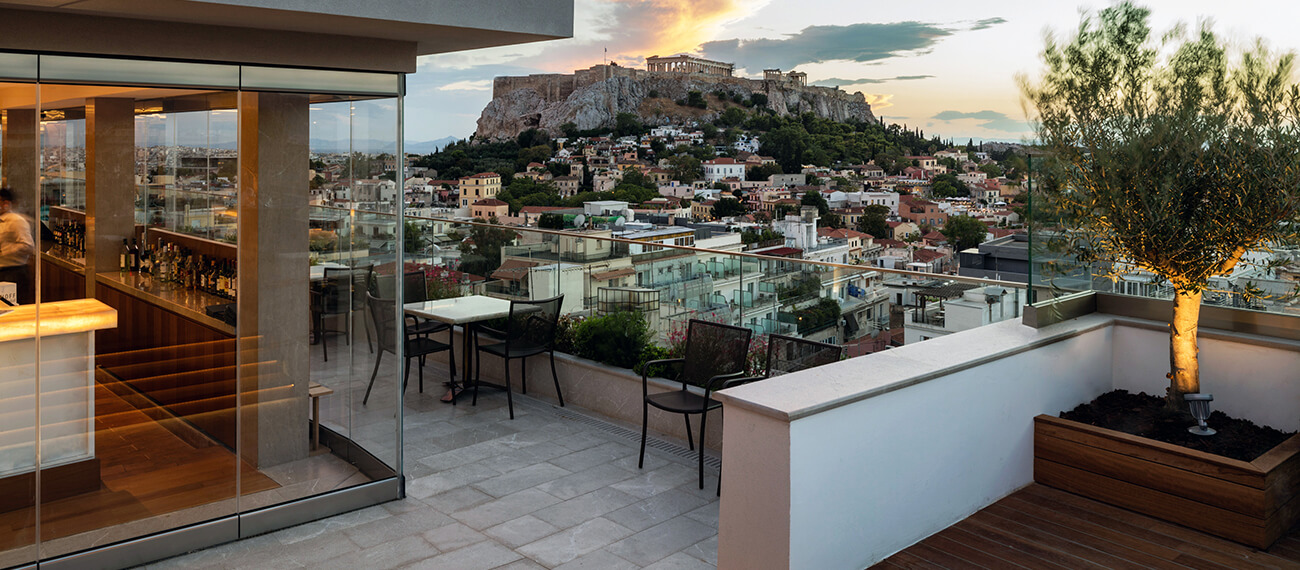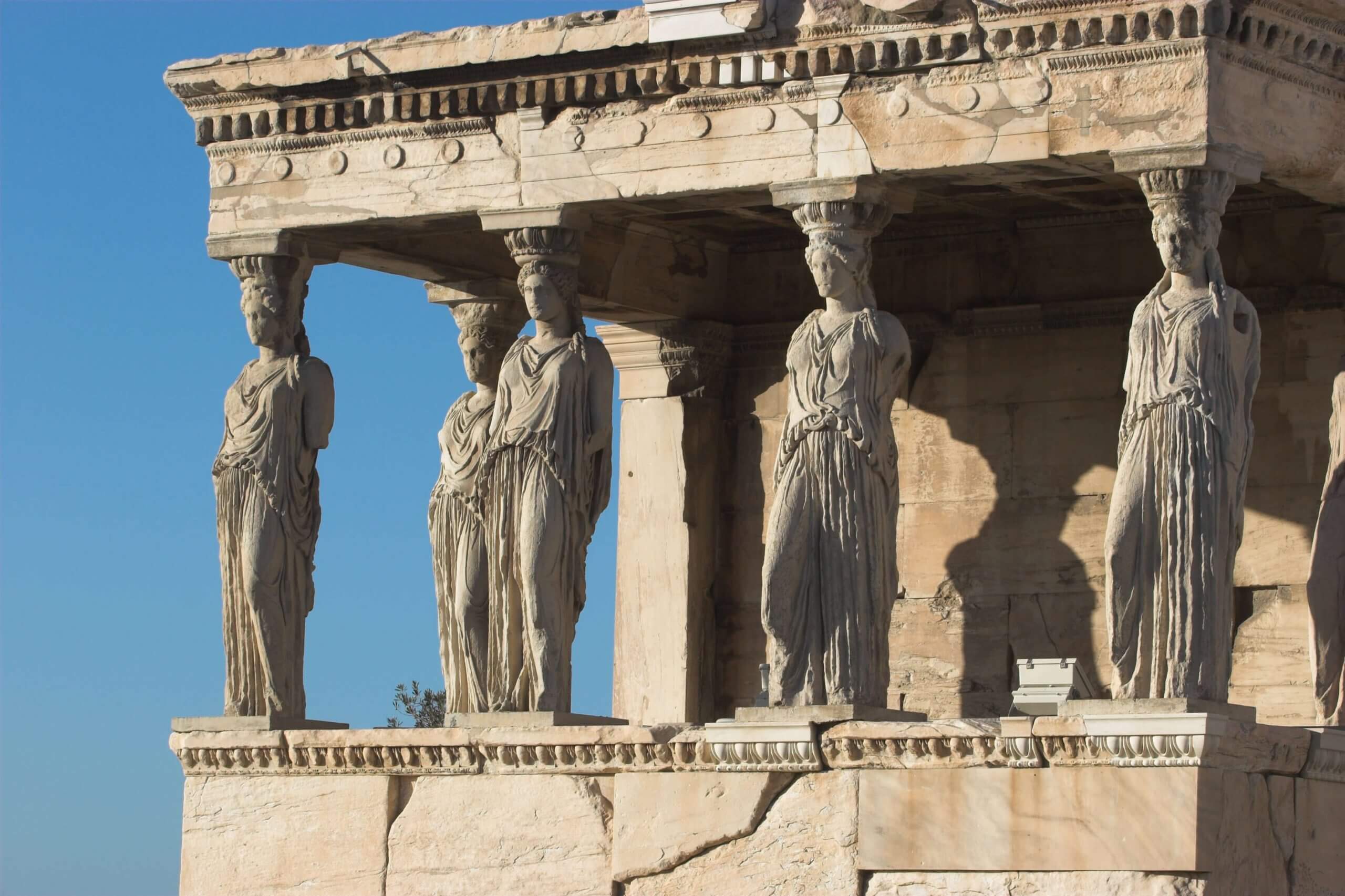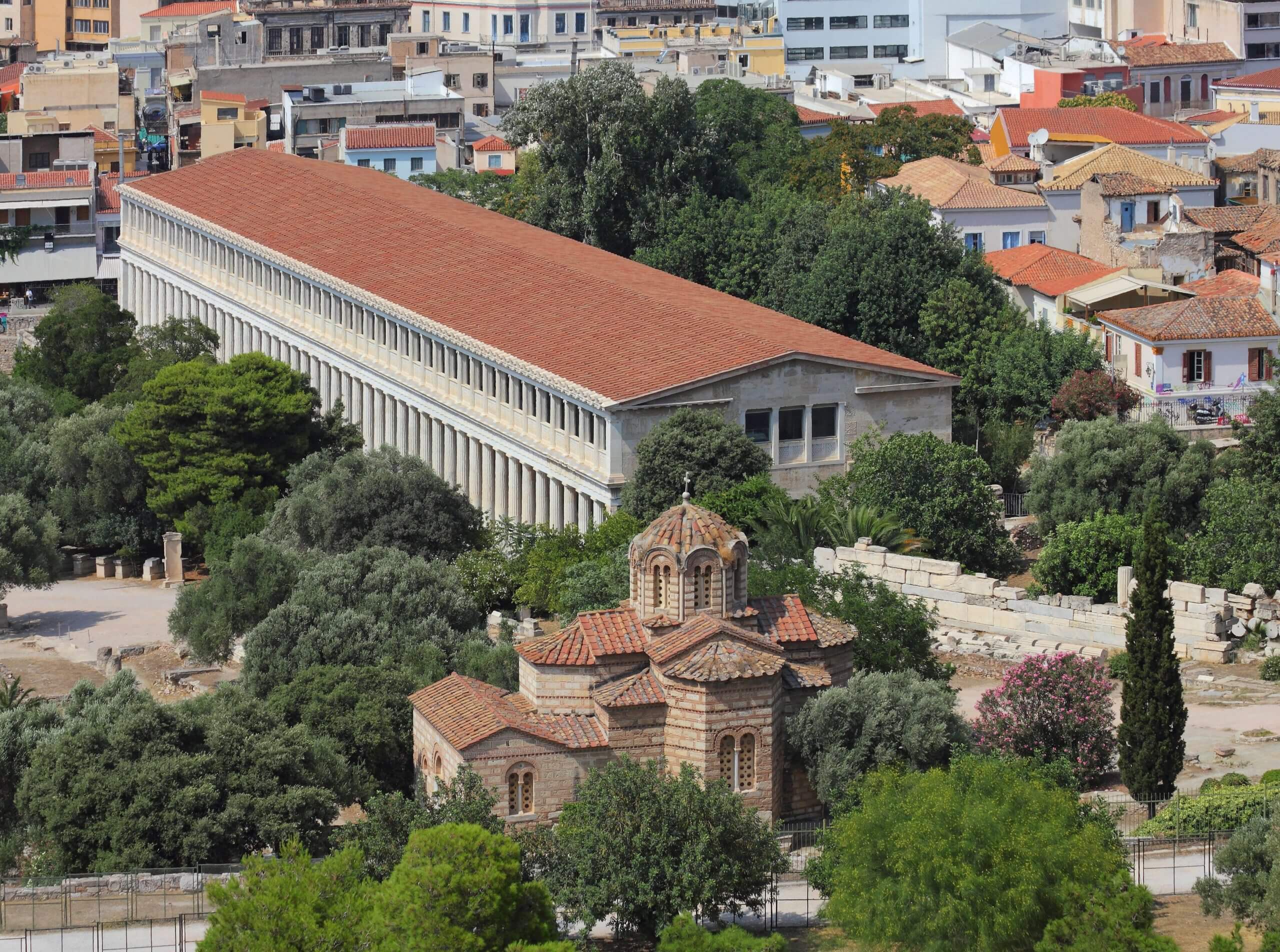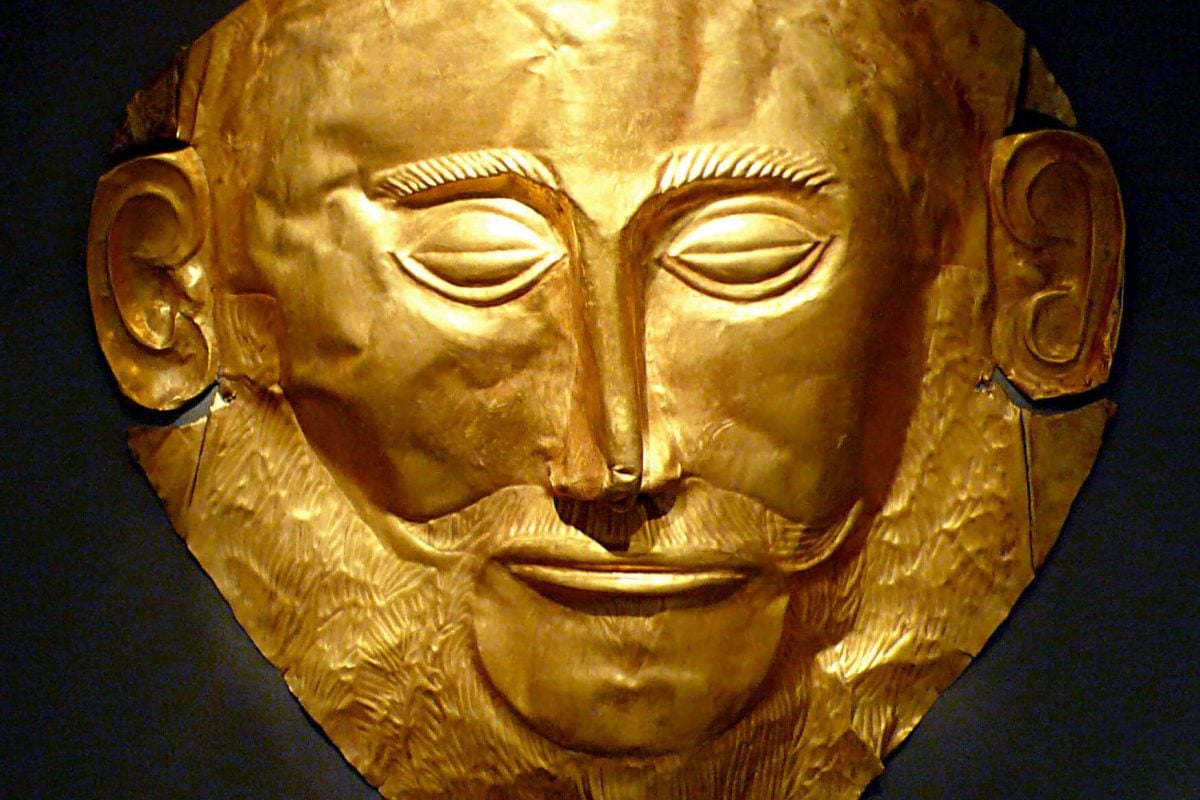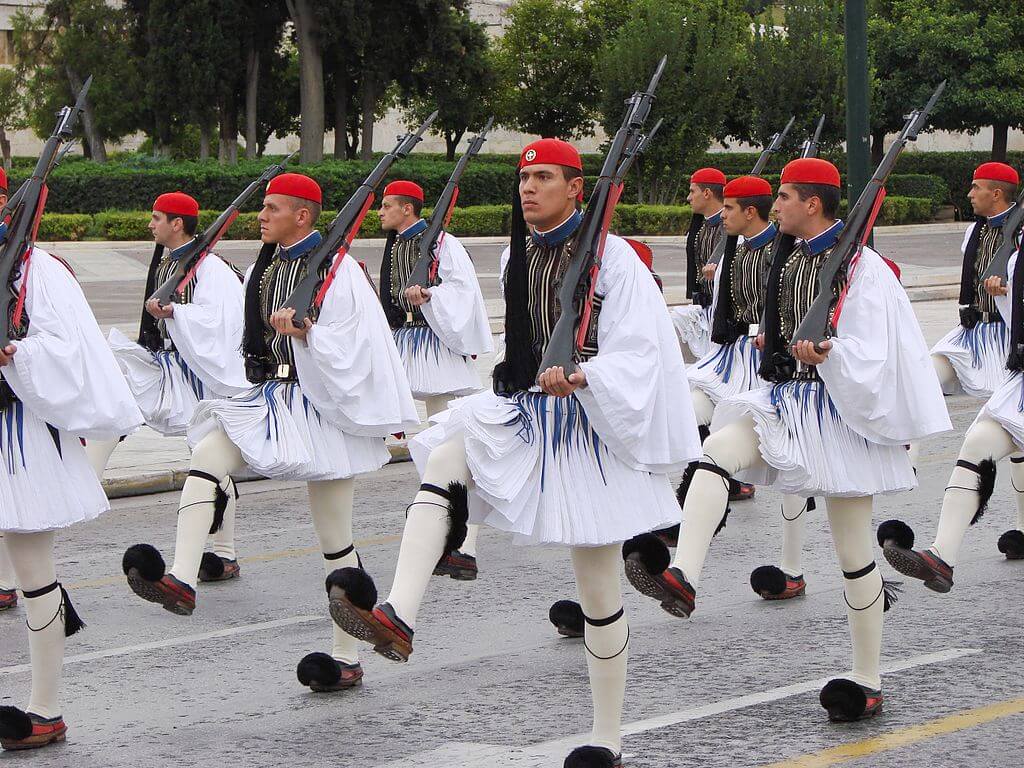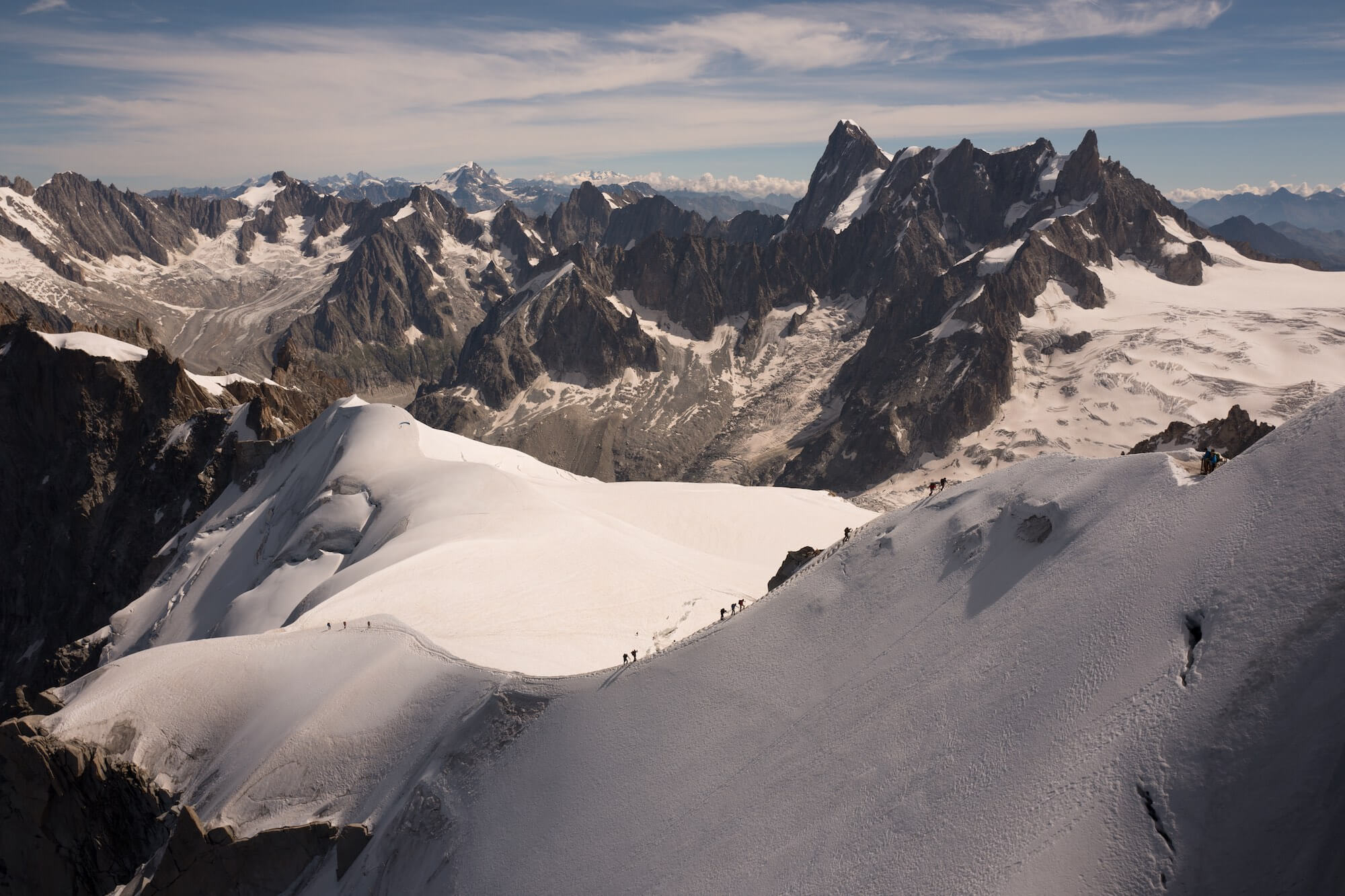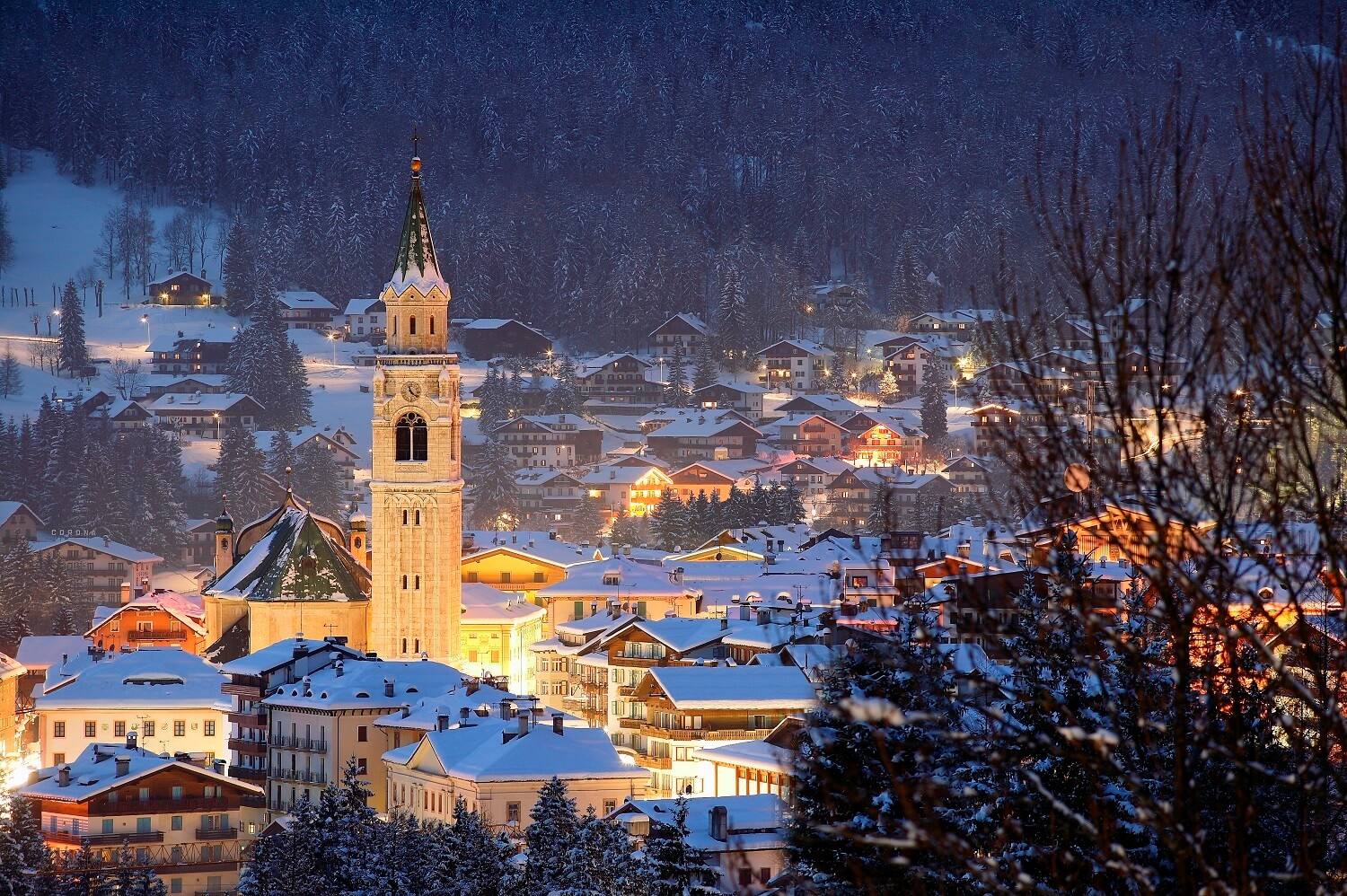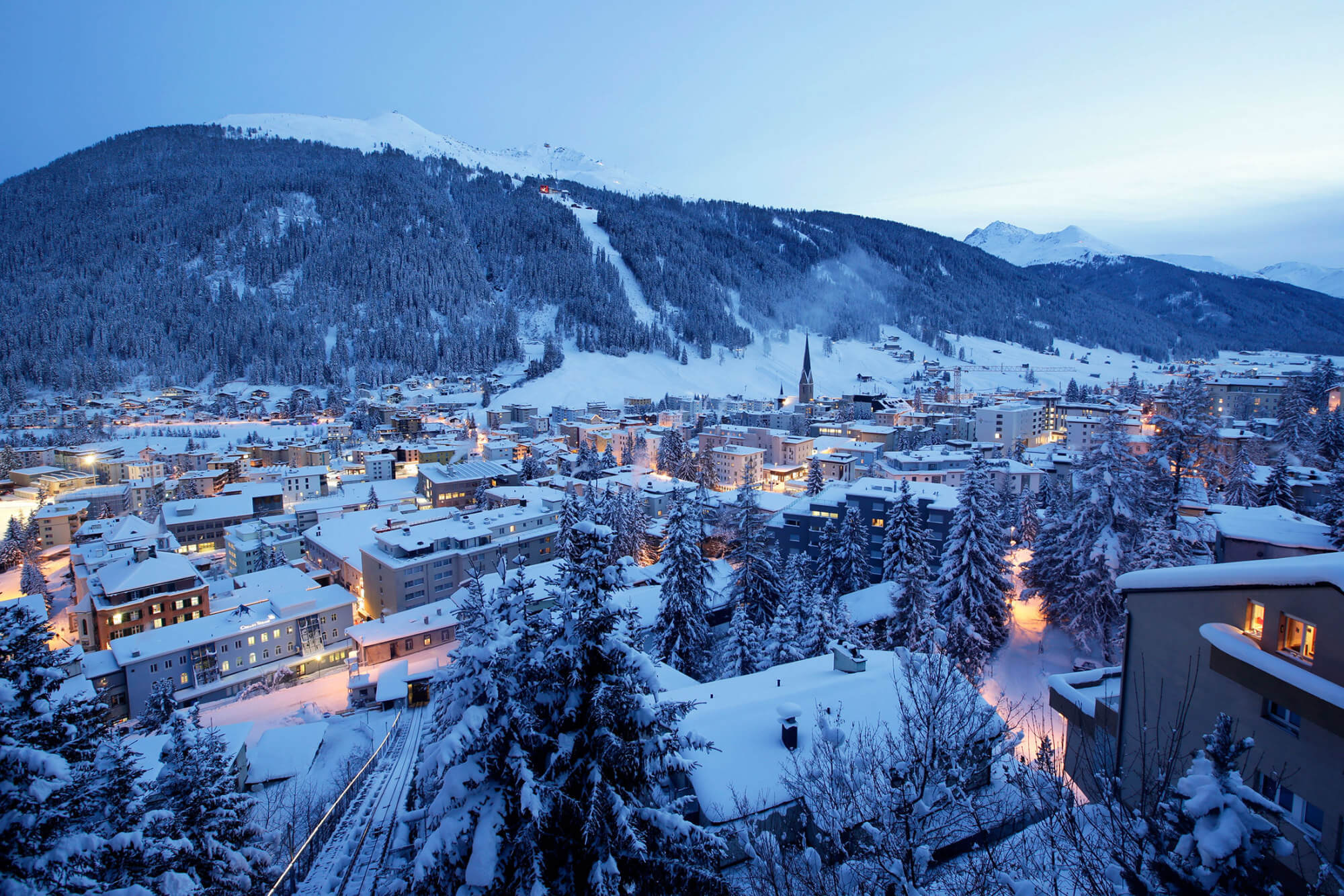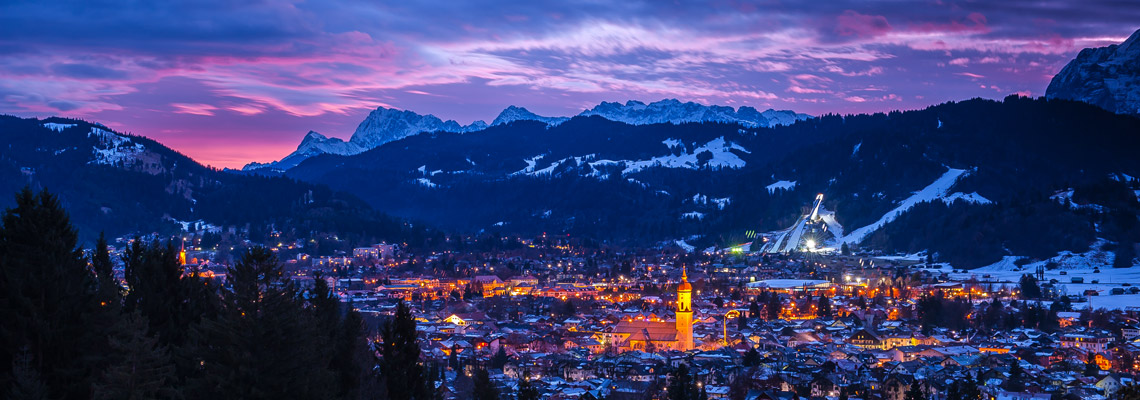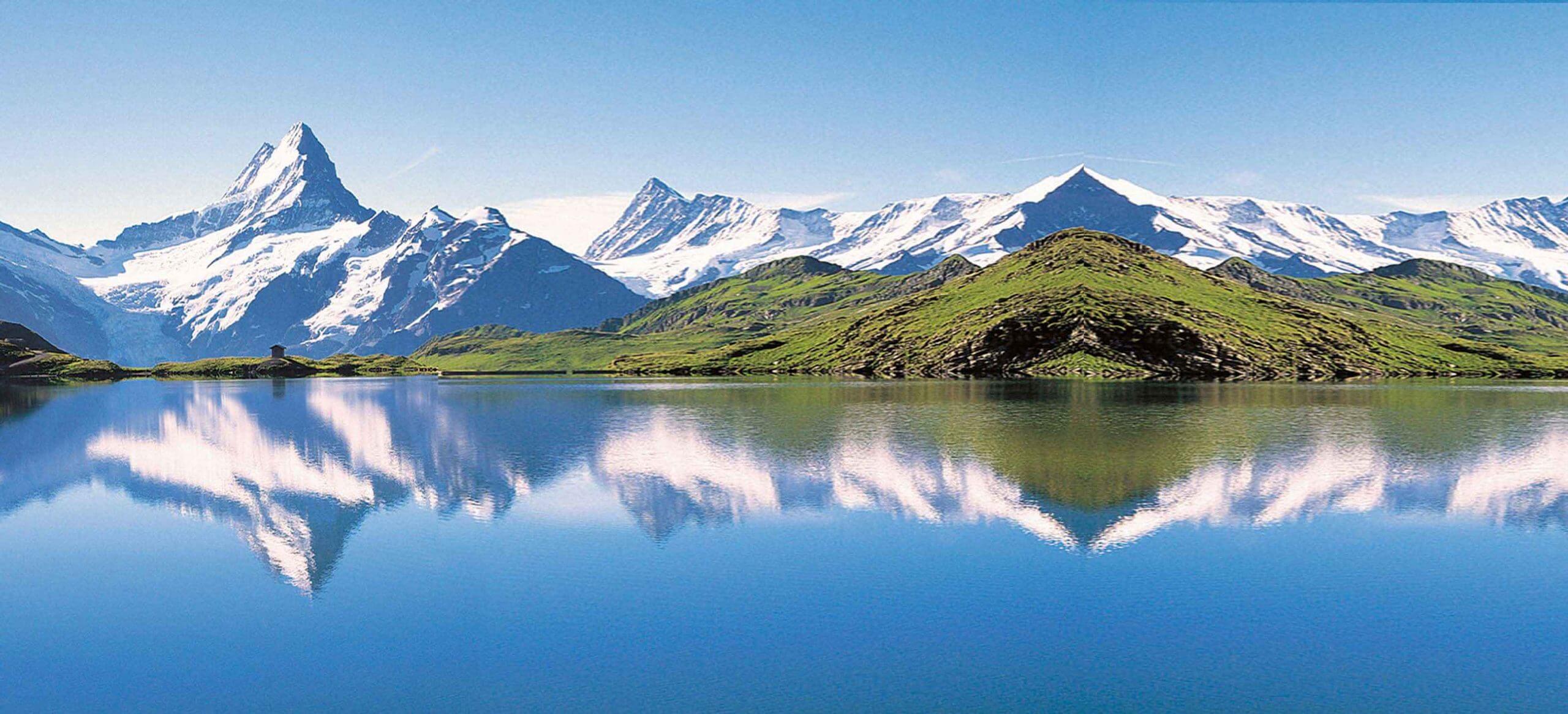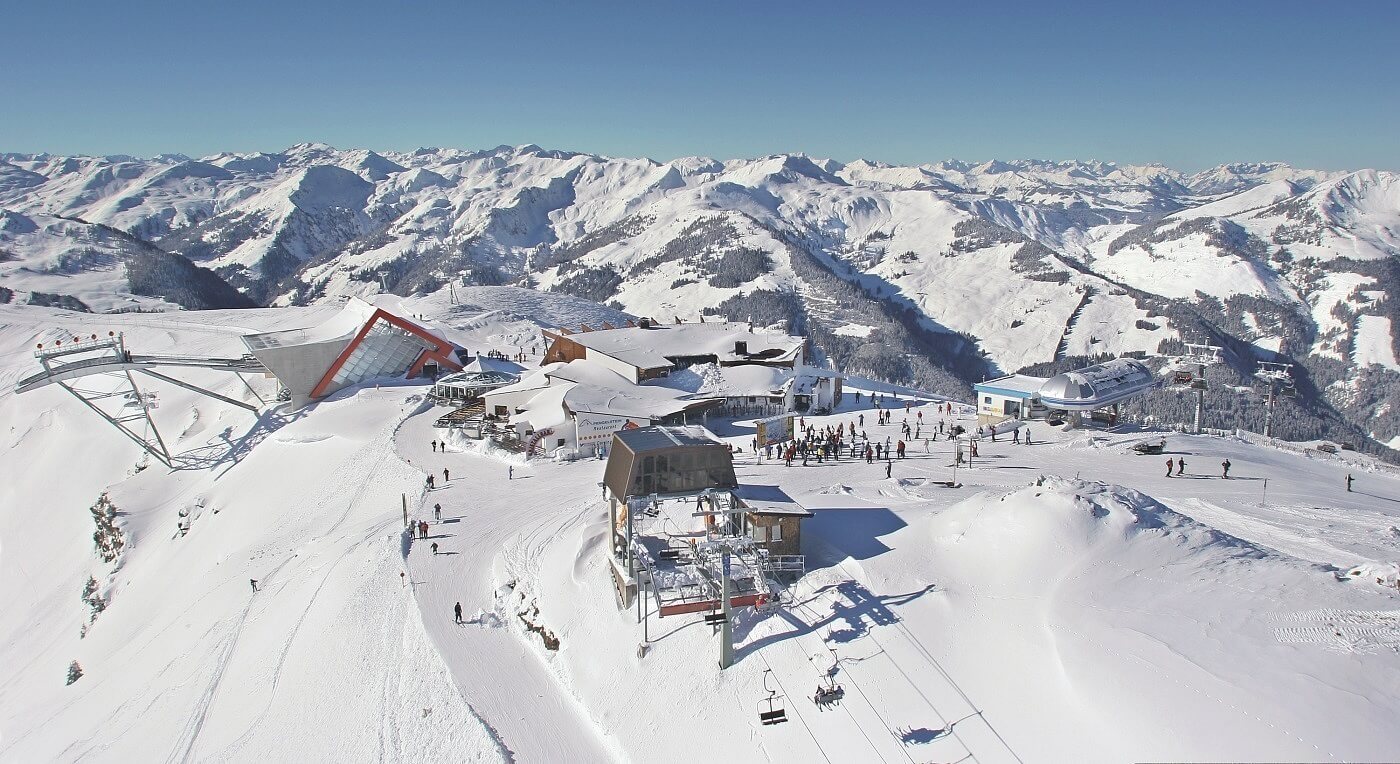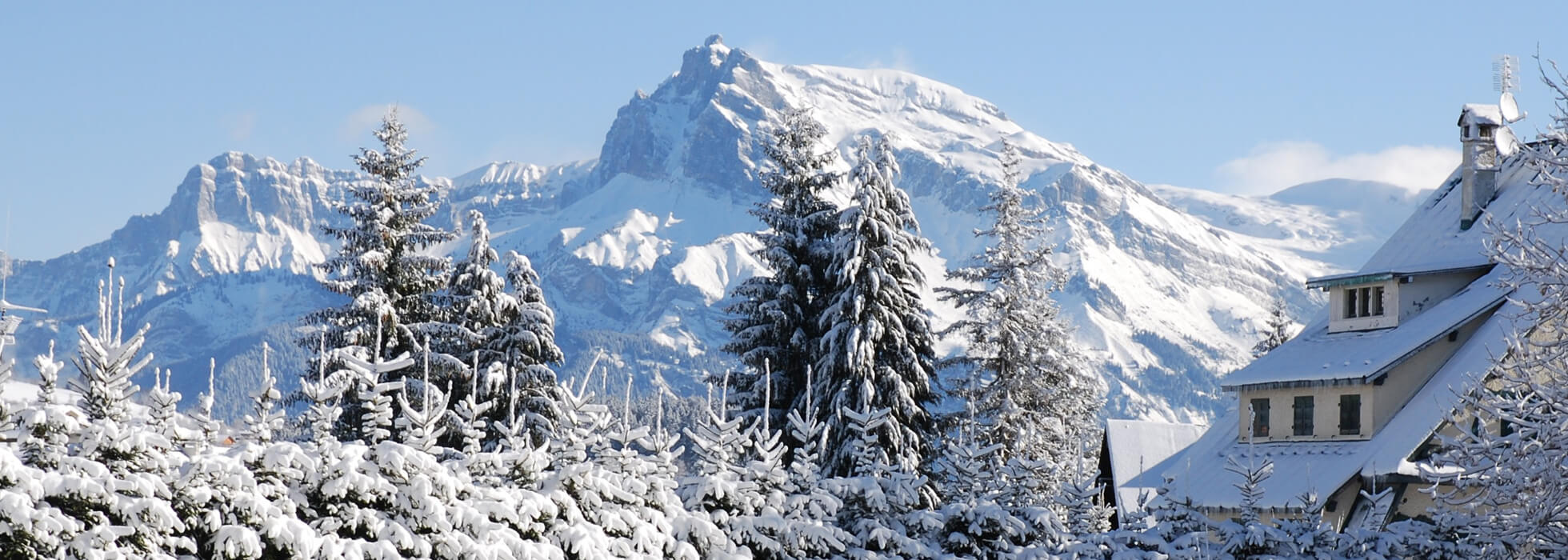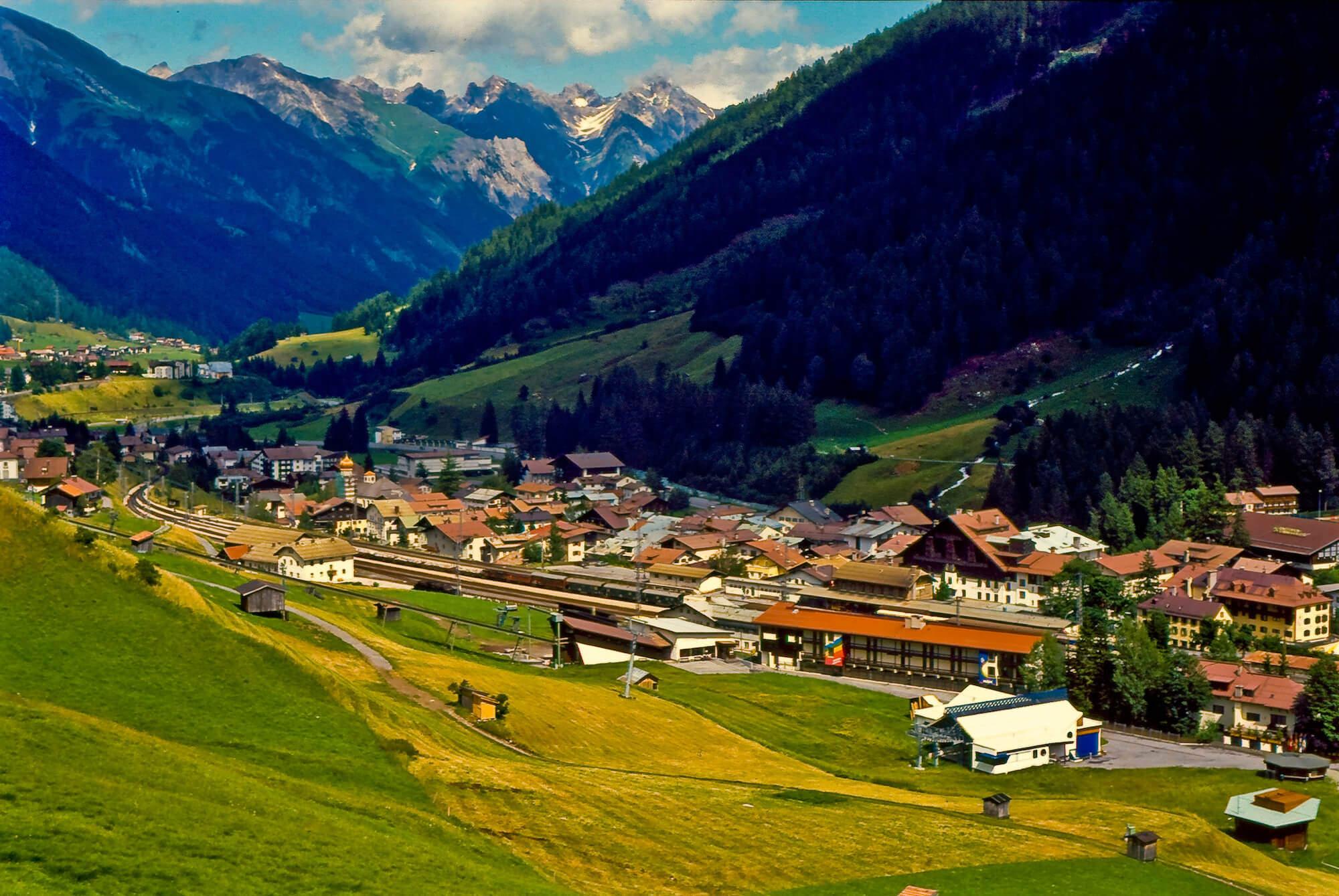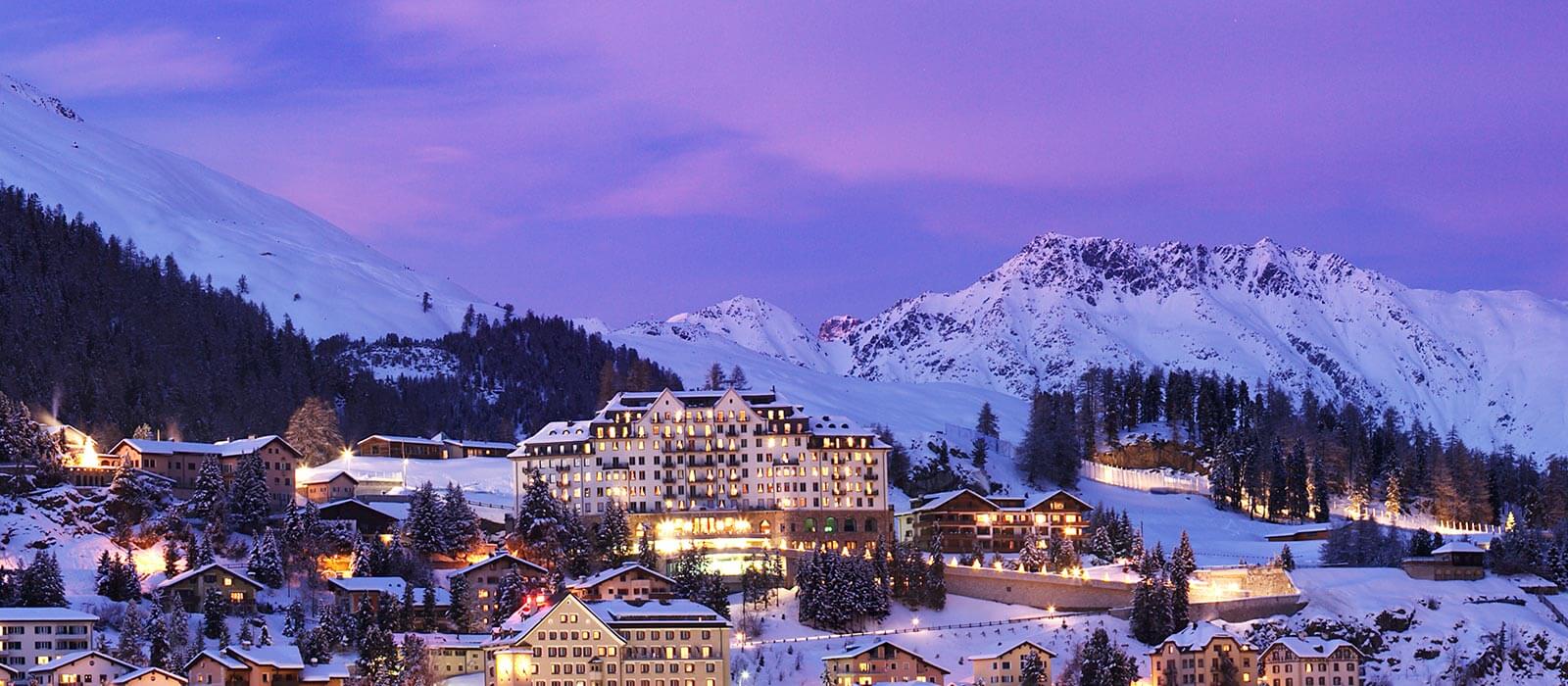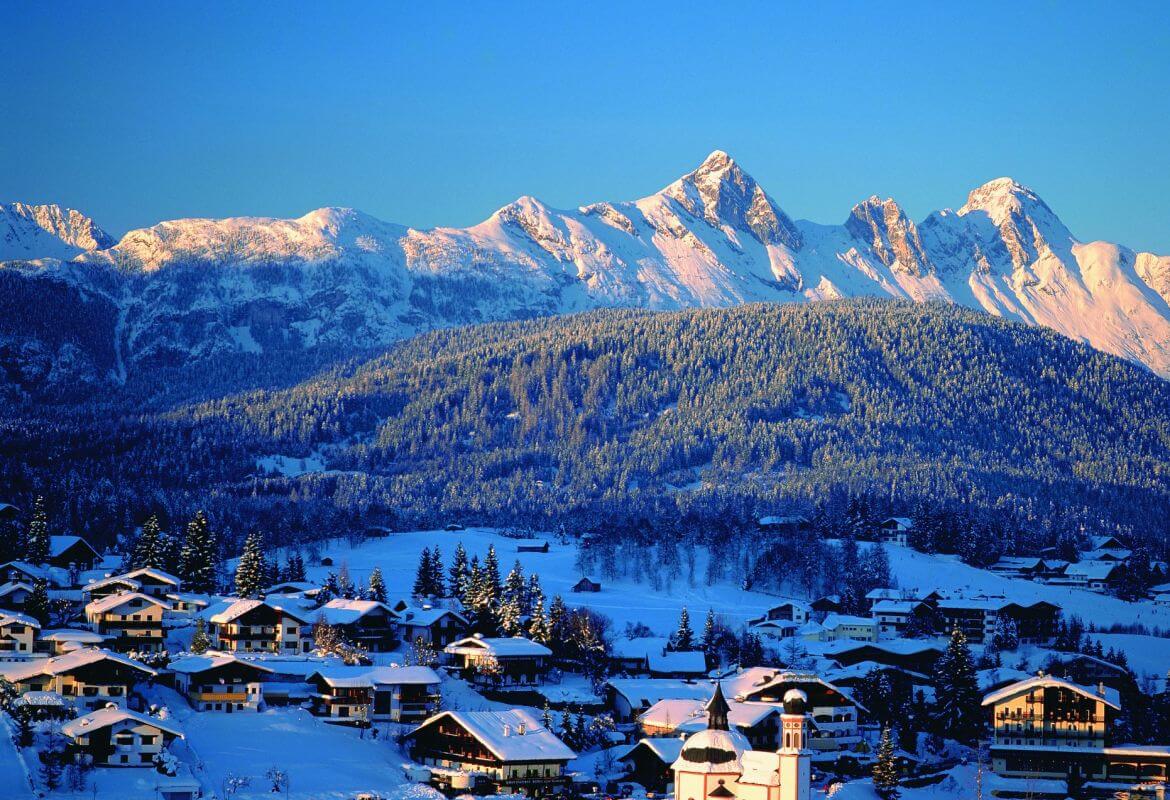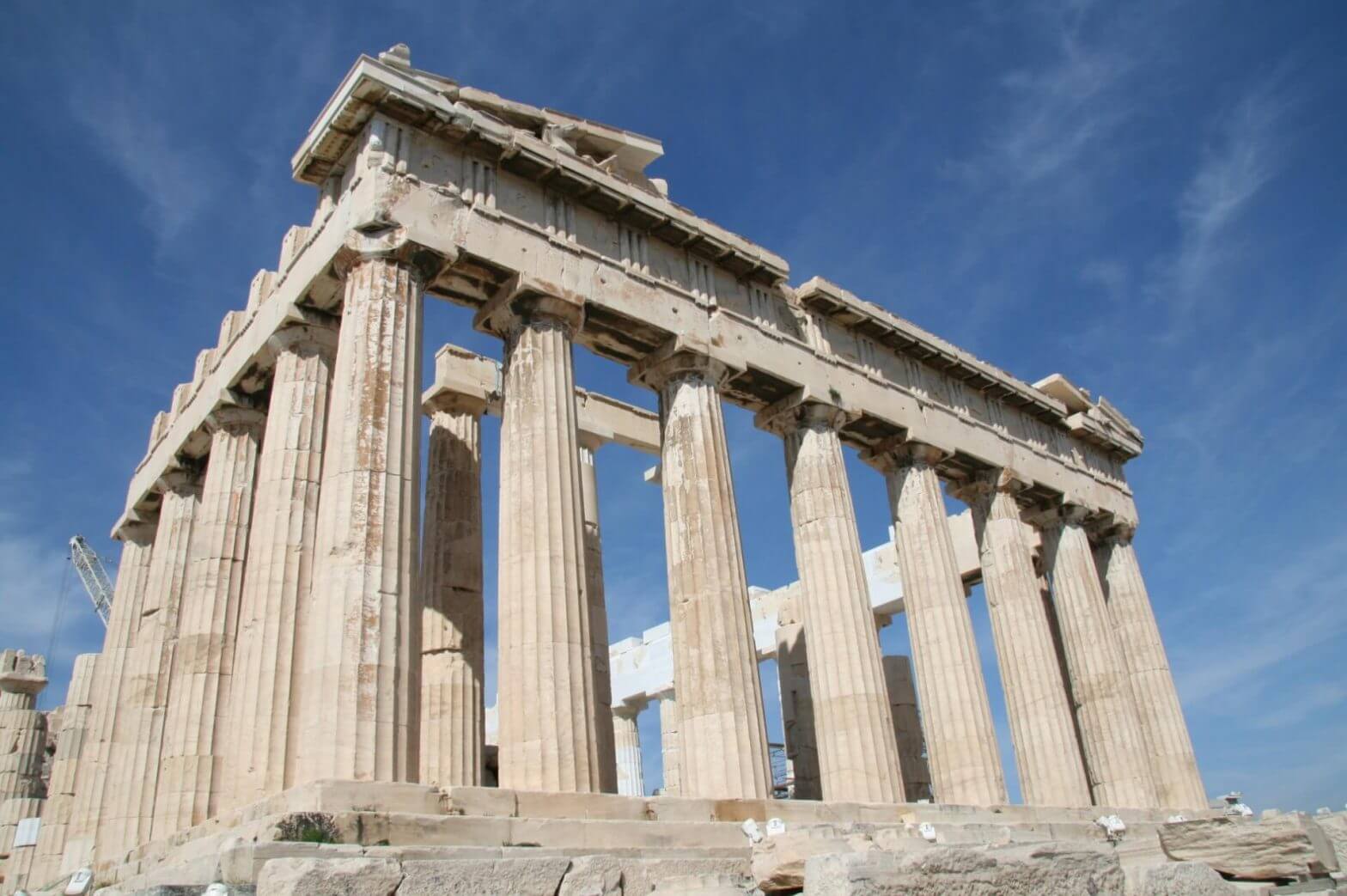
True, Athens can seem a little overwhelming at first. Between the majesty of the Acropolis, the vibrant colors of the Plaka and the non-stop energy of Syntagma Square it can almost seem like the Greek gods are conspiring to throw you a curveball: how can you possibly see it all when time is limited? First of all, relax. While you’d have to be crazy to think you can manage more than 3,400 years of civic history in the space of a weekend, you can actually take in a quite a bit in 48 hours—and still have time for people-watching over a tall frappé, just like the Athenians do.
With 48 hours in Athens, chances are you will be spending at least a few of them tackling the Acropolis, so why not get an eyeful of this starring attraction even before you set out? The vast, wraparound rooftop terrace on the tenth floor of the new Electra Metropolis Athens affords the best view of the Parthenon and Acropolis from any hotel in Athens, hands down. It does double duty as the hotel’s breakfast area and evening cocktail area and features a jaw-droppingly beautiful rooftop pool, too. The 216 rooms and suites pairs classic luxe looks (think hardwood floors and crushed velvet headboards) with modern conveniences and totally indulgent marble bathrooms. Rooms are from approximately $220 a night. (Hint: if they’re sold out, try the New Hotel nearby).
Electra Metropolis Athens
If the Acropolis is the most famous of Athens’ landmarks, the Parthenon (completed back in 438 BC) which graces the peak is its most emblematic. Because of the enormous cultural weight this place carries, you might want to give yourself some context before you make the nearly 500-foot climb and the best place to do that is at the ultra modern Acropolis Museum, situated at the base of the hill. Inside you can peruse some 4,000 artifacts in five collections, including finds from the slopes of the Acropolis and antiquities from the Greek archaic and classical periods. Go for lunch at the rooftop restaurant and enjoy panoramic Acropolis views. Museum admission is 5 euros.
As you make your way up the Acropolis itself (admission fee 20 euros; seasonal reductions) the first structure you’ll see is the Propylea, the monumental gateway of the ancient religious complex of which the Parthenon is the centerpiece. And if you’re not too distracted by the spectacular city views in all directions, also take time to inspect the Erechtheion, with its six stunning female Caryatid sculptures.
The afternoon is a good time to explore the ruins of the ancient Athenian agora, which is less dramatic than the Parthenon but no less evocative. This area lies just northwest of the Acropolis (it’s an easy walk) and contains numerous sights, including the recently restored Museum of the Stoa of Attalos and the remarkably well-preserved Temple of Hephaestus. Admission to the Agora can be included with Acropolis admission or as a separate (and less expensive) ticket.
After soaking up all that history, chances are you’ll be hungry. Tuck into some delicious grilled fish and Greek food classics right in the heart of the Plaka at Diodos (19 Adrianou St). Friendly service and Acropolis views will help make it a meal to remember.
Paris has the Louvre, Athens has the National Archaeological Museum. It’s a good thing you had a sound night’s sleep before, because it takes stamina to navigate the thousands of artifacts at what is incontestably one of the greatest museums in the world. Highlights include the gold mask of Agamemnon, the bronze statue of Zeus, frescoes from Akrotiri (the ruined Minoan city in Santorini said to be the original Atlantis), the Antikythera Mechanism—an ancient analogue “computer” recovered from a famous shipwreck—and more richly painted ancient Greek vases than you can count. Admission is 10 euros.
The Mask of Agamemnon, National Archaeological Museum
The neighborhood around the museum, Omonia, has little else to recommend it so after your visit is complete head to Syntagma Square, home to the Greek Parliament and Monument to the Unknown Soldier. This is where to see the iconic Evzones—traditionally dressed presidential guards—who rotate positions on the hour.
Syntagma is the heart of modern Athens and it bustles at every hour. For lunch, hit The Greco’s Project at 5 Mitropoleos St where you can either get an amazingly good gyros to go or sit down for a more leisurely plate of souvlaki, moussaka or any number of homemade Greek specialties. You can have a great lunch here for two for under 20 euros.
Evzones at Syntagma Square
In the afternoon, if you have any energy left (and of course you do—you’ve taken your cue from all those Athenians walking around with iced coffees, haven’t you?), explore one of the city’s fantastic, lesser-known museums. One is the Museum of Cycladic Art (admission 7 euros). Technically located in the upscale Kolonaki district, it’s a five-minute walk from Syntagma Square and a veritable treasure chest of antiquities from the Greek islands, Cyprus, Mycenae and more. If on the other hand you want to see the coins that Plato may once have used to buy Socrates a drink, check out the nearby Numismatic Museum (admission 3 euros), housed in the former mansion of Heinrich Schliemann—the notorious archaeologist who excavated Troy.
At night, hop on the modern Athens metro to Keramikos. From Syntagma Square this is just one stop after the Monastiraki stop. When you exit the station you’ll be in the heart of Gazi which is the epicenter of Athenian nightlife. One glance around the large main square, ringed with restaurants, cafés and bars, and you’ll get an instant refresher course on why cosmopolitan is a Greek word at heart. Almost anywhere you go here is going to be great, but do make time for a cocktail at the raucous Shamone (Elasidon 46) or something more substantial at Butcher Shop (not a real butcher shop) at 19 Persefonis St. Most bars in Gazi serve food too.
Athens is a truly a global city, and it shows and shines in the ancient monuments, the foodie and culture scene and in the sheer vitality of the Greek people who proudly make the capital their home. Two days of taking in the top sights won’t give you much time to rest, but it just might whet your appetite for more.
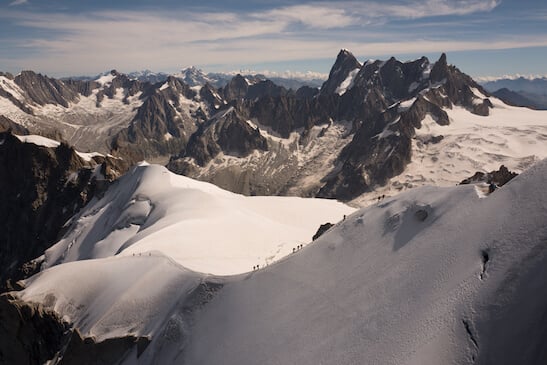
Twelve European alpine resorts have locked arms and branded themselves “Best of the Alps.” That may sound pretentious but they really are the best of the best, offering Swiss-like-efficiency, capital-H Hospitality, and a tourism infrastructure second to nowhere. And then there’s all the extraordinary skiing.
These dozen classic resorts teeter above the alpine nations of Austria, France, Germany, Italy and Switzerland.
They all offer see-forever views, wide-ranging accommodations, to-die-for restaurants featuring regional cuisine, and history deeper than the abundant winter snowfalls.
Let’s begin by rolling the credits: Chamonix Mont-Blanc, Cortina d’Ampezzo, Davos, Garmisch-Partenkirchen, Grindelwald, Kitzbühel, Lech Zürs am Arlberg, Megève, St. Anton am Arlberg, St. Moritz, Seefeld and Zermatt.
They stretch along the horseshoe-shaped Alps from Mont-Blanc to the Matterhorn, way up there where the road gets thin and beautiful and so do the people.
So let’s schuss through these resorts and see what’s there.
Chamonix is the best-know French resort in the Alps. It was the venue for the first Winter Olympic Games in 1924. Today it’s Ground Zero for adventure sports in the Alps. The place is fuelled on the adrenaline of extreme skiers and climbers, base jumpers, wing-suit flyers and the next new thing.
Accommodation-wise, let’s stick with the best-of-the-best theme. We doff our berets to Hotel Mont-Blanc, the ideally situated and recently renovated 100-year-old Grand Dame of Chamonix inns. The hotel’s Le Matanfan restaurant challenges the best menus in Paris. Off the slopes, don’t miss the Alpine Museum in Chamonix, located in the exquisite Chamonix Palace.
Tucked into Italy’s vaulted Dolomite Mountains, glitzy Cortina d’Ampezzo offers la dolce vita off and on the slopes. Fur coats outnumber ski suits along the streets. But don’t be fooled. This 1956 Winter Olympic venue interconnects with 750 miles of downhill ski trails in 12 valleys utilizing nearly 500 ski lifts. Linked resorts like this are the hallmark of skiing in the Alps. In North America we go up and down; skiers in the Alps go round and round.
Cortina’s best digs, Hotel de la Poste, has been run by the Manaigo family since it opened in 1835. For traditional Ampezzo dishes we recommend El Camineto. For entertainment, stroll the Corso in the center of town amid clouds of Chanel 5 and cigar smoke.
Davos is where Prince Charles nearly died in an avalanche (he did lose a friend). It’s the only city in the Alps and it’s as famous for its think tanks, especially the annual World Economic Forum, as it is for its far-reaching slopes. A daylong ski tour leads to the Swiss resort of Arosa, which was made famous by Sir Arthur Conan Doyle who visited in 1894. The Parsenn ski area of Davos was the site of the first downhill race back in 1924.
We like the new Intercontinental Davos hotel perched overlooking the vast alpine playground with sheets like fresh dollar bills. We’re also big on the Old World Pöstli Restaurant. The Kirchner Museum offers insights into the community through the work of Ernst Ludwig Kirchner.
Located beneath the 9,718-foot Zugspitze, Germany’s highest mountain, the combined town of Garmisch-Partenkirchen hosted the 1936 Winter Olympic Games. The warren of old streets defines Bavarian architecture with outdoor frescoes beaming from pastel stuccoed buildings surrounded by glacier-carved summits. The skiing is varied and often challenging. And the infamous Kandahar downhill race is one of the toughest on the World Cup tour.
The Hotel Zugspitze lords over the rest of the Garmisch-Partenkirchen’s accommodations. Interesting side trips include King Ludwig II’s castles at Linderhof and Neuschwanstein. For classic Bavarian dining we like Reindl’s Restaurant. Also not to be missed is the old Ludwigstrasse section of town, where The Werdenfels Museum itself is located in a museum-piece-like fifteenth-century home.
The uniquely Swiss storybook village of Grindelwald is dwarfed by glacier-covered summits (including the infamous North Face of the Eiger), and visited by toylike electric trains grinding up the mountains. Visually, this is about as good as the Swiss experience gets.
The chateau-style Grand Regina would receive top-ratings in any European capital, but this setting amid the famed Bernese Oberland makes it seem out of this world. Most of the best dining is found in the region’s hotels. Perhaps the best of them all is Schmitte, located in the Hotel Schweizerhof, which ranks right up there with the Grand Regina.
Kitzbühel is Austria’s most glamorous resort and usually produces more ski champions than anywhere in the world. This is the heart of the Tyrol, a poster pinup of everything we hope to find when skiing Europe. The fourteenth-century St. Andreas church bells toll and the sweet scent of apfelstrudel drifts with mountain air along the cobbled, car-free streets of Old Town.
Five-stars-and-counting Hotel Tennerhof is as elegant as it gets in this town, which is as famous for its après-ski as it is for its slopes. The elegant restaurant Kupferstube is usually acclaimed as the best kitchen in town. We agree. Both Innsbruck and Venice are just an hour away via train and make for a wonderful daylong excursion away from the slopes.
Lech Zürs am Arlberg is the last bastion of five-star skiing in Austria. The slopes are as groomed as the mostly silver-haired folks who ski here. Lech’s Old World charm has always been popular with the well-to-do and the well-known, including royalty. Above Lech, the village of Zürs is one of the most exclusive ski destinations in the world.
There’s a glut of high-end hotels in the area, but we like to go sideways here and stay with Olympic downhill champion Egon Zimmermann at his four star Hotel Kristberg, where we never tire of the stories from this kind, gentle and brave man. If you’re craving more luxury, visit the Burgvital Resort and its over-the-top restaurant.
Stylish Megève is as much a state of mind as a place. The sunny Mont Blanc neighborhood is all you can ask of the Alps. It’s perhaps the most romantic and charming among the dozen resorts that make up the Best of the Alps, although the slopes are relatively tame. The medieval-style village showcases luxury digs, fine French cuisine and swank shops.
But some of France’s best Haute Savoie cuisine is found in the myriad on-mountain restaurants that border Megève’s slopes. Take your pick – you can’t go wrong. The most acclaimed restaurant is Flocons de Sol, and on this we agree with other professional critics. Off the slopes, explore the thermal baths at St. Gervais.
St. Anton am Arlberg yields up Austria’s most famous ski terrain. Some believe its ski instructors taught the world to ski, moving to new mountain ranges like missionaries. The sweeping ski circus is vast and exciting. The emphasis is on good, hard skiing by day, and raucous partying at night. The quality of both is uncommonly high.
Hotel Schwarzer Adler in St. Anton has served us well over the years and we highly recommend it. For a cozy evening, we like to dine by the fireplace at The Museum Restaurant located in the 104-year-old Trier villa, which by day houses St. Anton’s outstanding museum.
Surprisingly, the only Olympic site in Switzerland is St. Moritz, host of the Winter Games in1928 and then again in 1948. Set within the spectacular mountains of the heart-shaped Upper Engadine above a string of lakes beneath 13,000-foot Piz Bernina, St. Moritz is arguably the world’s most famous winter address.
Back in 1864, a local innkeeper named Johannes Badrutt dared his British summer guests to return in winter with a money-back guarantee if they weren’t satisfied. From that, the world’s first winter resort evolved. Badrutt’s Palace Hotel remains perhaps the most exclusive accommodations in the ski world. And you can’t beat the hotel’s dining options. Bring your no-limit credit card.
Located just 15 miles south of Innsbruck, Seefeld is one of the prettiest spots in the Alps. And it’s ancient, first mentioned in Roman documents in the year 1022. The heart of the village is a car-free, cobblestone center rimmed by steep roofs, ornate balconies and typical Tyrolean post-and-beam architecture.
Hotels are small, intimate and upscale. Most of them are family run. Particularly pleasing is the five-star Hotel and Spa Klosterbrau, built around a former sixteenth-century monastery. Dining in the hotel’s 500-year-old wine cellar is a memory lasting long after the deep snow turns into even deeper wildflowers.
Surprisingly, this alphabetical listing of the Best of the Alps has saved the best for last. Zermatt is where we most like to ski. You can almost reach out and touch the Matterhorn in this carless village, whose ambience is as rich as a Swiss chocolate bar. It’s the kind of place that would stop a thousand tour buses a day, if they were allowed up this extraordinary valley. The skiing is all you could ask for.
The Grand Hotel Zermatterhof does the resort proud. But we also like the Riffelalp Resort located midway up the mountain, which offers a wide-ranging choice of restaurants. The nearby Findeln area is touted as the finest collection of mountain restaurants in the world. A visitor would be remiss not to seek them out. Especially appealing is the Findlerhof Restaurant.
Just another WordPress site
